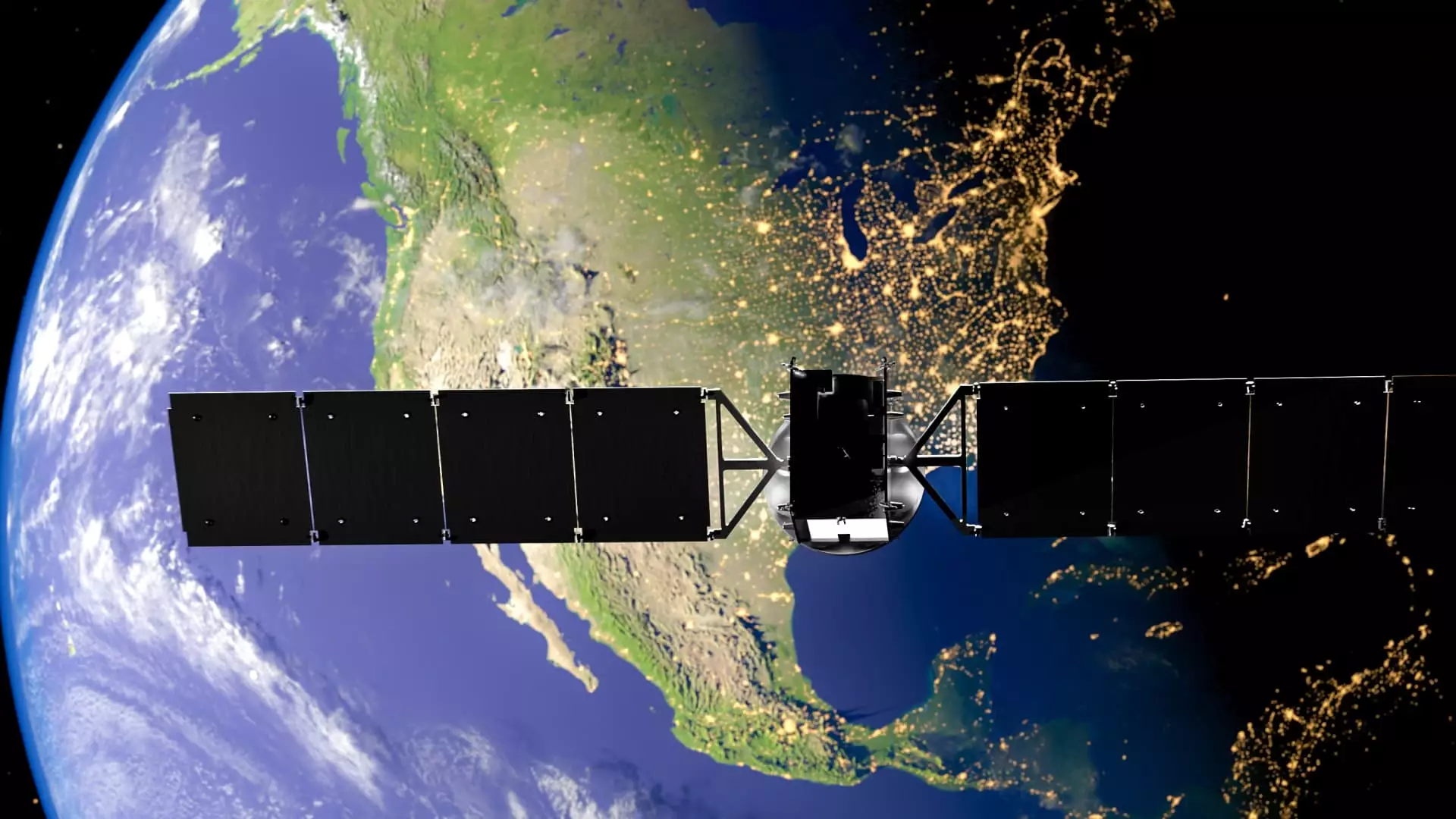Nearly 50 years have passed since the United States Air Force introduced the Global Positioning System (GPS), a satellite network that has since become integral to both military operations and civilian life. Today, GPS is not merely a tool for navigation; it forms the backbone of numerous critical sectors, including transportation, agriculture, finance, and overall economic activity. The Department of Commerce has estimated that GPS generates an astounding $1.4 trillion in economic benefits, underscoring its unavoidable significance in contemporary society. However, the growing reliance on GPS technology comes with vulnerabilities. A potential outage of this system could result in substantial economic losses, estimated at around $1 billion per day. Acknowledging these risks has urged the U.S. military to innovate with the introduction of the Resilient Global Positioning System (R-GPS).
The geographical landscape of space is fraught with threats posed by adversaries like Russia and China, which makes the robustness of the current GPS system a pressing national security concern. Considering these geopolitical realities, the Pentagon has prioritized the development of an alternative GPS network—R-GPS. This initiative aims to prevent disruption and ensure uninterrupted access to navigation and timing services, which are deemed essential “utilities” for both economic activities and military maneuvers, similar in importance to water and electricity.
Lt. Col. Justin Deifel, who oversees the R-GPS program at the Space Force’s Space Systems Command, emphasizes that the functionality of GPS is deeply interwoven with daily operations in critical sectors. If GPS were to become inoperable, the ramifications would be felt across the board: from businesses on the stock market to farmers coordinating field operations, the economic ripple effects could be catastrophic.
Recognizing the complexity of developing an alternative GPS network, the U.S. Space Force is utilizing a novel approach by collaborating with commercial space companies. Last month, four firms—Astranis, Axient, L3 Harris, and Sierra Space—received contracts to design concepts for R-GPS. This partnership signifies a shift in traditional military contracting practices, promoting innovation and efficiency in satellite technology.
Astranis, as one of the selected companies, is particularly noteworthy. With its expertise in launching small “MicroGEO” satellites, the firm is broadening its services beyond satellite internet to accommodate positioning, navigation, and timing services. Astranis CEO John Gedmark views this as an exciting transition within the company, providing opportunities to leverage existing technologies in new domains.
The development of the Nexus satellite product line, tailored for R-GPS, reflects Astranis’ aspiration to diversify its operational capabilities. Operating within the same medium Earth orbit as the traditional GPS satellites, this innovation highlights the company’s commitment to contributing to national defense through advanced satellite technology. Gedmark’s ambitions extend beyond mere collaboration; he argues that the R-GPS program represents a multi-billion dollar market opportunity, especially if the Space Force aims to establish a comprehensive constellation of at least 24 satellites.
The Space Force has adopted a rapid funding mechanism known as “Quick Start” to expedite the R-GPS initiative. In a remarkably short timeframe, the program has already gained approval, conducted market consultations, and distributed initial contracts—steps that might ordinarily span up to three years for typical military programs. This unprecedented speed illustrates the increasing need for agility in defense procurement.
Funding for the R-GPS program is projected to fall between $1.2 billion and $1.9 billion to launch a minimum of 24 satellites. These costs estimate recurring engineering expenditures, indicating a serious financial commitment to maintaining national security. Notably, the Space Systems Command intends to procure the satellites in batches of eight, with the first anticipated launch set as early as 2028. As the initial design reviews conclude, the Space Force will select which companies will advance to the next stages of construction and deployment.
Despite occasional setbacks, such as Astranis’ first satellite experiencing an operational failure, the company’s experience in tackling challenges within geosynchronous orbits places it in a favorable position for R-GPS participation. Gedmark claims that their proven capability in delivering low-cost, radiation-hardened satellites distinguishes Astranis as a uniquely competitive candidate in this burgeoning field.
As advancements in satellite technology continue to evolve, the R-GPS initiative symbolizes a significant stride towards ensuring resilience and security in U.S. navigation systems. The collaboration with the commercial space sector marks a new era of innovation, driving both defensive capabilities and economic incentives. In an increasingly interconnected world, the ability to navigate effectively, even in the face of potential adversities, is of paramount importance. The Resilient Global Positioning System is set to be a game-changer in safeguarding the intricate web of daily operations that rely on accurate positioning and navigation.

